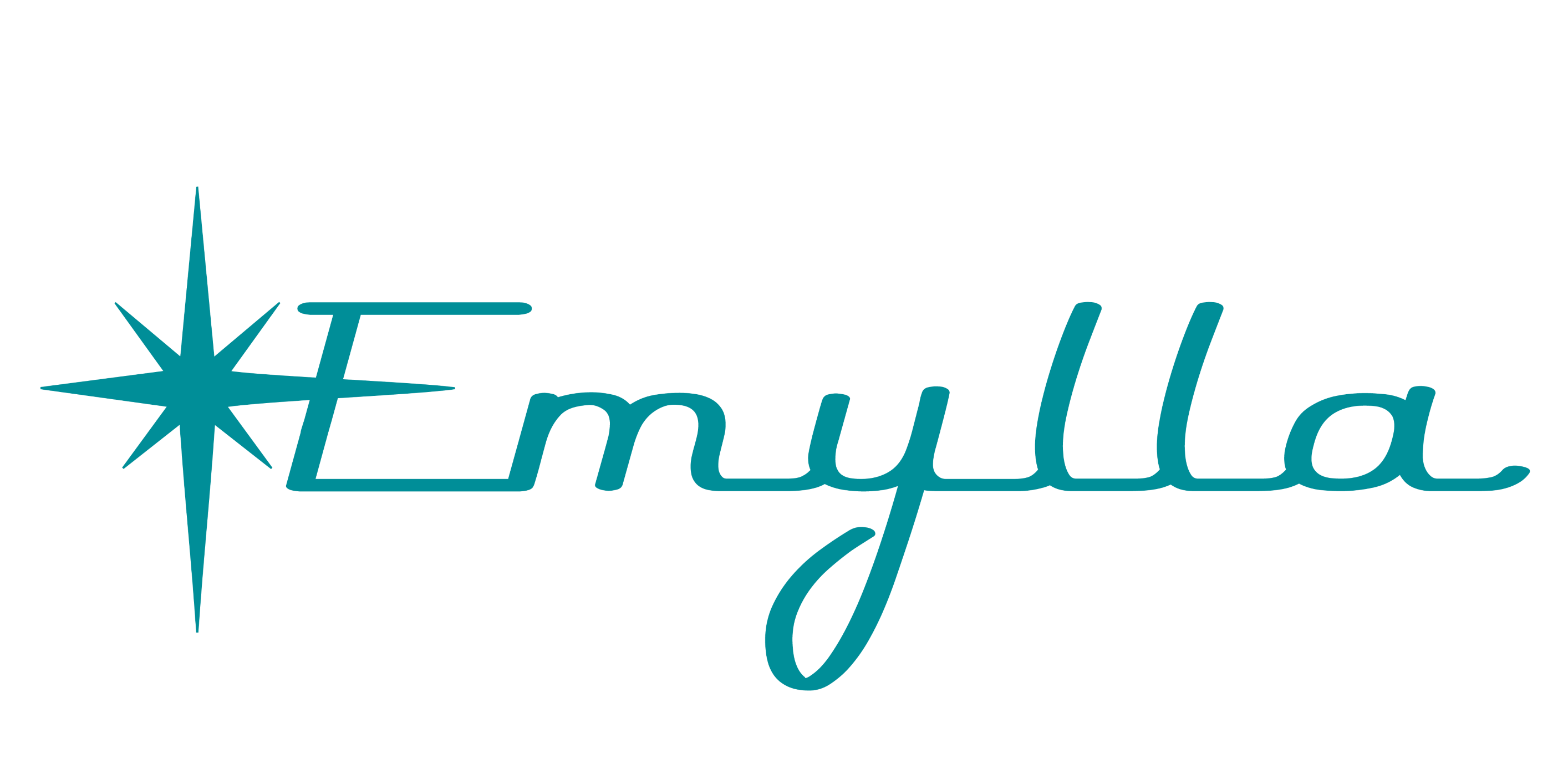
Gain a “systems view” of your organization.
Connecting your data with an Enterprise Knowledge Graph opens new levels of insight by uncovering previously unseen patterns hiding in your data.
“We can’t solve problems by using the same kind of thinking we used when we created them.”
Albert Einstein
Your business is dynamic and complex. It’s your entire business system, not a single part of it, that generates customer value and competitive advantage. By connecting your siloed, scattered, and slow-moving data, an Enterprise Knowledge Graph can show you how all aspects of your business work together to deliver bottom-line results.

Enterprise Knowledge Graph Advantages
- Accessibility: Super-charge your organization’s digital transformation by connecting, unifying, and mobilizing your disparate data sources.
- Deeper insights: Reveal complex connections, relationships, and patterns in your data for a deeper understanding of your customers, products, and operations.
- Enhanced collaboration: Connected data helps to overcome linear and departmental thinking, fostering more efficient collaboration between stakeholders.
- Powerful predictions: Enriching knowledge graphs with machine learning enhances automatic pattern detection, search, and the predictive power of your data overall.
- Easy to understand: Knowledge graphs reflect how we naturally think. If you can draw it on a whiteboard, then you can easily create a knowledge graph query.
- Flexible and scalable: It’s easy to start with a single data domain and then add data sources and use cases. It’s not uncommon for an enterprise knowledge graph to contain billions of entities and relationships.
- Seamless integration: An enterprise knowledge graph can be deployed on top of your existing data sources, thus preserving current data governance standards.
- Data unification: Integrate structured, semi-structured, and unstructured data sources, including text, documents, and images. Knowledge graphs also facilitate the automatic tagging of unstructured data.
- Organizational consistency: An enterprise knowledge graph helps to ensure your team is using consistent terms, documentation, and data processes while minimizing wasted effort searching for information.
- Powerful visualization: Explore and visualize deep and complex relationships within your data. Knowledge graphs are by nature highly visual in depicting entities and their connection to other entities.
- Lightning-fast: Relationships are inherent to the knowledge graph, making near real-time graph queries significantly faster than SQL.
Additional information can be found on our blog.
“We fail more often because we solve the wrong problem than because we get the wrong solution to the right problem.”
Russell L. Ackoff
